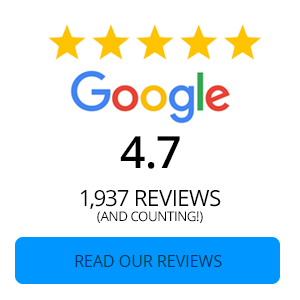Sometimes we see a beautiful house and think, "I should sell my home and get a house like that one!" But your current home has something a new home doesn't have—equity. Home equity provides homeowners a ready financing source to turn their house into their dream home.
Before going all out on renovations, think carefully. Some renovations pay off better than others. Bathroom and kitchen renovations provide the greatest return, between 90% and 95%. Decks and swimming pools hold the low end, between 40% and 70%.
Also, keep in mind how long you'll be in your house. If you're definitely planning to sell it in six months, the cost and pain of remodeling won't make sense.
How
can you calculate your equity? Let's say you made a down payment of $20,000 on
a house priced at $400,000. In the five years since, you've paid $15,000 toward
the principal, and the market value of your house has increased to $500,000.
The sum of your down payment ($20,000), principal paid ($15,000) and the
increase in property value ($100,000) gives you $135,000 in equity.
Does
that give you carte blanche to spend $135,000 on remodeling? Not necessarily. Lenders
consider many factors when issuing and renewing home equity loans: your credit
history, debt-to-income ratio, plans for the loan, and the loan-to-value (LTV)
ratio. Most prefer an LTV ratio of 80% or less. In plain English, that means
what you owe on your home—mortgage plus home equity loan—shouldn't exceed 80%
of your home's value.
A
traditional home equity loan is a second mortgage. You borrow a lump sum up
front and repay it in monthly installments over time—from 5 to 30 years—at a
fixed interest rate.
However,
if you're planning to renovate your home in stages, a home equity line of
credit (HELOC) might serve you better. It's set up like a credit card; you can
withdraw the funds as you need them. Your lender establishes a credit limit ($20,000,
for example), a time limit for accessing that money (five years), and a
subsequent repayment period (five years).
Because
it's a revolving account, more credit becomes available as you repay the
principal. Say you borrow $5,000 from your $20,000 line of credit for basement
repairs. After one year, you repay $3,000. Your available credit is now $12,000.
Flexibility
comes at a price. HELOCs charge a higher variable interest rate, which can
fluctuate several percentage points. They have more rules; there may be withdrawal
minimums and fees for inactivity.
To learn more about these loan
options, give us a call at Coosa Valley Credit Union. We are happy to help.
